Do you rush?
Are you that person who hurries from place to place and from thing to thing?
Do you wish that you could learn how to slow down, and not be so tense?
Do you wish you could lead a more mindful life?
After all, if you are rushing through life how can you ever stop and smell the roses?

I understand. I used to be that person: The Rusher.
Years ago one of my Alexander Technique teachers described how he felt whenever he was running late. He called it the “I Think I’m Going To Die Syndrome.” The symptoms are as follow:
- Racing heart.
- Sweaty palms.
- Dry mouth.
- Clenched jaw.
- Shortness of breath.
- Always in a panic, the opposite of calm.
I realized that I had this syndrome bad and I realized that I needed to take control of my rushing around. I needed to create a saner approach to moving through my life.
In short, I was turning myself into a pretzel in an effort to get from point A to point B and in a timely manner.
In the Alexander Technique we talk about End Gaining.
End Gaining is when you are so committed to the outcome that you are not attending to the process of getting there.
Since the Alexander Technique is all about process, I clearly was not practicing the Alexander Technique in a meaningful way.
(The Alexander Technique is a mindfulness practice which helps you de-stress your life both mentally and physically. You can learn more about the Alexander Technique here and here.)
My rushing is a way of End Gaining.
I was so consumed about getting to my destination and getting there on time that I would completely forgo any sense of calm and control.
What’s even crazier is that–though I was almost never late–I was always under the impression that it was my rushing that assured that I would be on time.
How crazy is that? Does rushing ever assure that you will be on time? No. You will get there when you get there. Rushing and the anxiety it creates doesn’t bring you to your destination any sooner
This was no way to live and I needed to change.
I have been working on this problem ever since I recognized myself in my teacher’s description.
Here are my solutions:
- Ask yourself this question. “So what if I am late? “ With the exception of catching an Alaskan cruise liner out of Vancouver* or watching the solar eclipse, is being 100% punctual really necessary? Unless you are that person who consistently runs 15 minutes late, being a few minutes late is no big deal. Is it worth getting tied into knots? The thing is you are going to get there and you are going to get done what need to get done. So ask yourself, “So what if I am late?” And if you can respond “yeah, so what?” then cut yourself some slack and saunter into your appointment. It will be a whole lot better than racing in with sweaty palms and out of breath.
- Exhale. Breathing is a powerful way to stop the rushing. Paying attention to your breath can slow you down. Cultivating a breathing practice is simple, easy, and free! Start with an exhale. You need to empty your lungs before you can fill them up. Exhale and wait. Close your lips easily and lightly. Wait until you feel a little tug in your chest and then allow the air to come in through your nose. While you wait for the tug, do not think of this as holding your breath. Instead, think of it as calmly waiting for the urge to allow the breath back in. Do this easily for 3 to 5 times. FM Alexander called this the Whispered AH. Here is a video of me teaching the Whispered AH. This is a great little routine to practice to calm yourself down…whether someone has cut you off in traffic or you are about to make that big presentation to your colleagues. Your breath is very powerful! So, cultivate a breathing practice to counter the rushing and slow yourself down.
- Leave More Time– I know this one seems obvious but sometimes the obvious is worth repeating. Consciously tell yourself that you will leave 5 to 10 minutes early. Just do it. If you are that person who habitually leaves 5 minutes too late, then be honest with yourself and realize that this habit is not serving you well. You must consciously tell your self to leave 5 or 10 minutes earlier. Eventually, it will become your habit to schedule your day this way. Trust me, your life will feel much saner once you adopt this practice.
- Put one less thing on your to-do list. This might seem to be another no-brainer but when I tell my clients this they typically respond that this is a good idea and one they hadn’t thought of…really. Every night before I create my To-Do list for the next day. (I like to refer to it as my Ta-Da list because at the end of the day when I have hopefully completed all of my tasks I can then say Ta-Da! ) Here are some ideas on how to create the Ta-Da list.1. Prioritize your activities. Know which activities are essential and which are not. 2. Do the most difficult thing first. For instance, by far the most important thing on everyone’s list is to move more. If going for a walk is difficult for you, do that the very first thing in your day. 3. Set things out the night before such as work out wear, ingredients for breakfast, etc.
- Open up your peripheral vision. When you are in a rush and stressed out you are inevitably going to become more tense. When you are tense and stressed you will have the tendency to stare and or fix your eyes. One way of dealing with this is to think about softening your eyes and allow your peripheral vision to expand. Here is one way to do that: Notice what you are looking at right this instant. Now, allow your eyes to see a wider frame. This can be tricky. I don’t want you to LOOK from side to side; I want you to keep looking ahead, but allow your eyes to naturally take in more. Continue to increase the frame so that you can see more of what is on either side of you. In order for you to do this your eyes have to become softer. When your eyes become softer you will become more relaxed and less anxious. Remember there is no separation between the mind and the body so how you think is how you are. You can read more about that here.
- Think of where you are coming from, not just where you are going. I have noticed that many people who rush have a tendency to lean forward. This is not surprising. Almost everything is in front of us. Our eyes, nose, mouth and hands. We walk forward 99% of the time. We are oriented forward and some of us are just far too forward. Instead, occasionally think about where you are leaving. Notice your back. Notice the space behind your back. Think about your back releasing upwards. Notice how these thoughts slow you down, in a good way.
- Don’t tail gate. Ok, I’m serious here. Tailgating will not get you anywhere sooner except maybe the Emergency Room or on every other driver’s #$%&* list. Let me ask you this. Do you like it when someone is tailgating you? I didn’t think so. So clean up your driving, slow down, and leave plenty of distance between you and the car in front of you. Driving is dangerous enough as it is so we don’t need any tailgating and rushing to make it even more so. (Sorry, tailgating brings out the schoolmarm in me. This is one of my rants.)
- Sing or listen to fun music while driving. I have this wonderful student who when I queried him about the amount of stress he felt in his life replied, “ I am never stressed out or anxious. I listen to show tunes when I drive.” You can too. Distract yourself from the destination and listen to songs that make you sing. What are your favorites? My playlist includes Alison Krauss, James Taylor, Bonnie Raitt, and Carol King.
- Ask yourself: AM I rushing? If the answer is yes then slow down!! Remind yourself not to rush by putting post it notes around your house, at your workplace, and especially in your car. Life is too short to always be on the fly. Let’s all make a commitment to Slow Down!
I hope that you have found these suggestions helpful.
Once I became aware of my rushing I was able to shift gears and slow down. The difference in my life has been noteworthy.
I don’t arrive at events all sweaty, out of breath, and anxious. Instead I am me, calm, relaxed, and happy.
Let me know how it goes. I love hearing from you. And please, feel free to share my articles with your friends.
Also if you have any topics that interest you, please let me know!
Thanks!
-Mary
How You Move Matters! You can learn how to move better with my Amazon bestselling book Agility at Any Age: Discover the Secret to Balance, Mobility, and Confidence. My book is illustrated with 40 videos that you access with your iPad or smartphone!
You can purchase it here.
Teaching people how to move well is my passion. Sign up for posts that teach you how to be more comfortable in your body! Click here to sign up or use the form to the right of this post!
My name is Mary Derbyshire. I am a fitness and movement coach. My methodology is the Alexander Technique,  a mindfulness practice that teaches you how to move better. When you move better you feel better and when you feel better your whole life improves! Let me know what you think or ask a question! I love to hear from my readers! Feel free to post in the comments section below and feel free to share this with your friends!
a mindfulness practice that teaches you how to move better. When you move better you feel better and when you feel better your whole life improves! Let me know what you think or ask a question! I love to hear from my readers! Feel free to post in the comments section below and feel free to share this with your friends!
Daffodil Photo by Annie Spratt on Unsplash

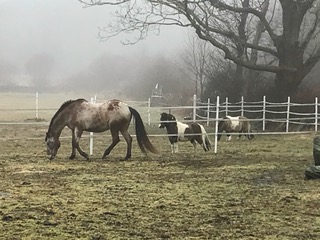


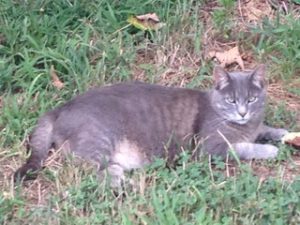
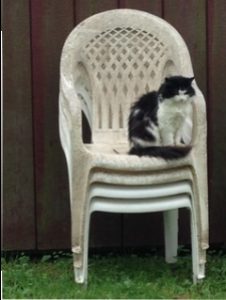
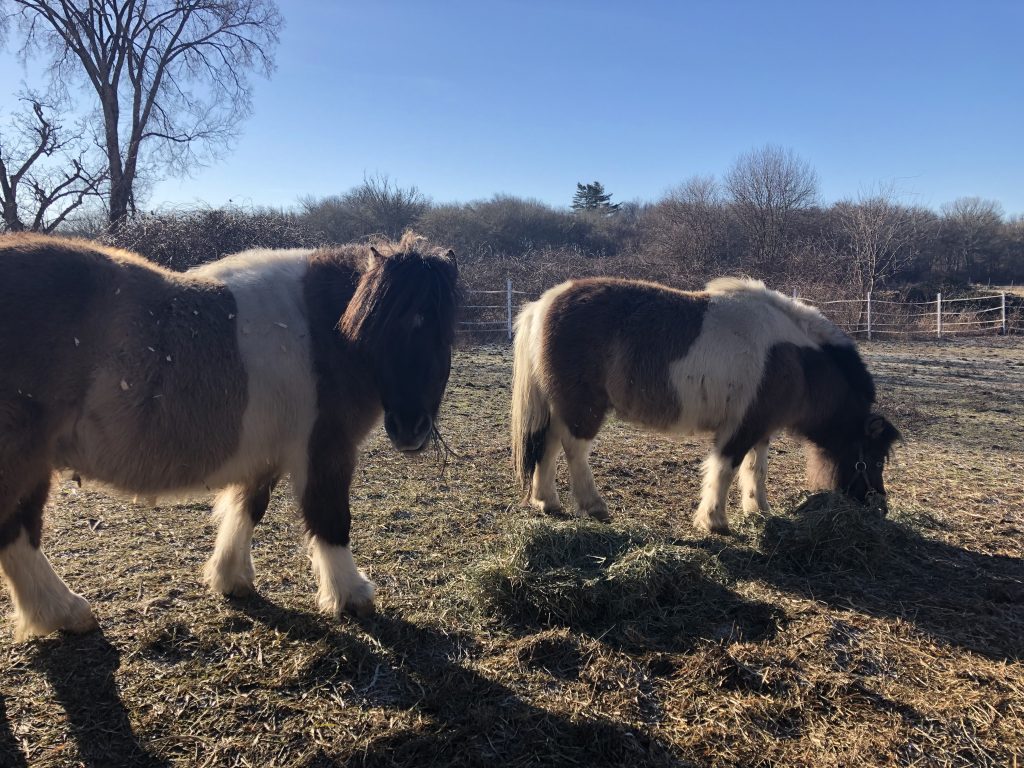
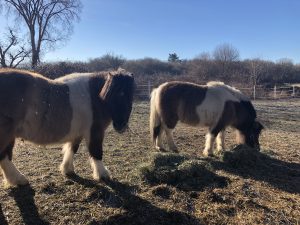




 My name is Mary Derbyshire. I am a fitness and movement coach. My methodology is the Alexander Technique, a mindfulness practice that teaches you how to move better. When you move better you feel better and when you feel better your whole life improves! Let me know what you think or ask a question! I love to hear from my readers! Feel free to post in the comments section below and feel free to share this with your friends!
My name is Mary Derbyshire. I am a fitness and movement coach. My methodology is the Alexander Technique, a mindfulness practice that teaches you how to move better. When you move better you feel better and when you feel better your whole life improves! Let me know what you think or ask a question! I love to hear from my readers! Feel free to post in the comments section below and feel free to share this with your friends!